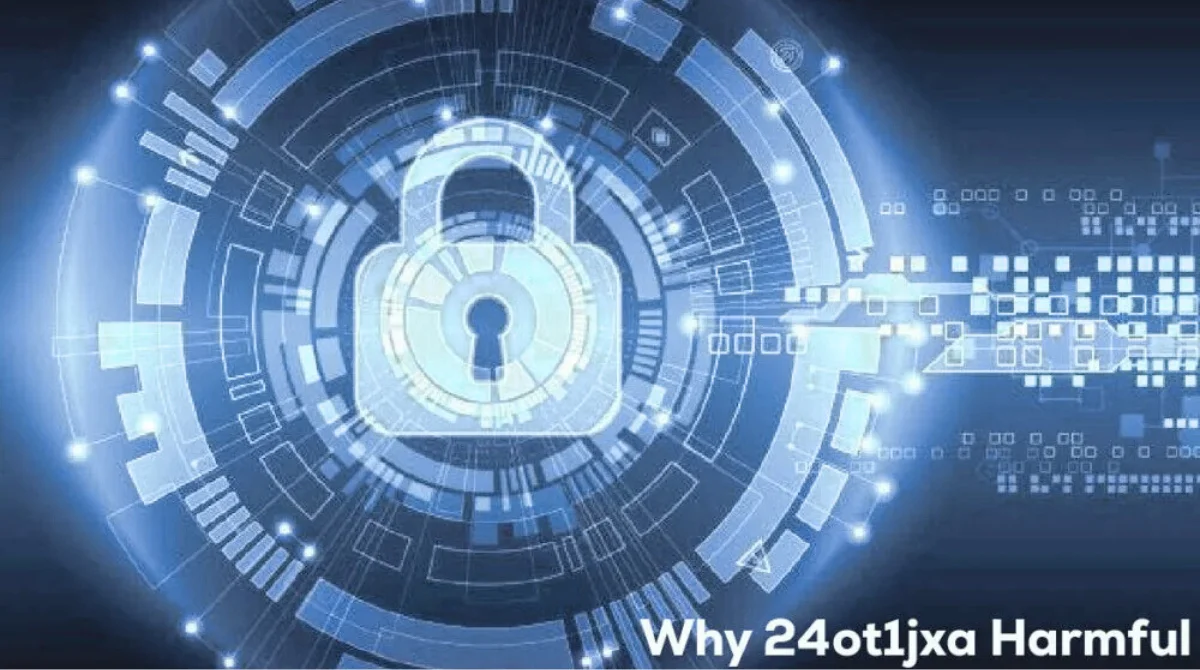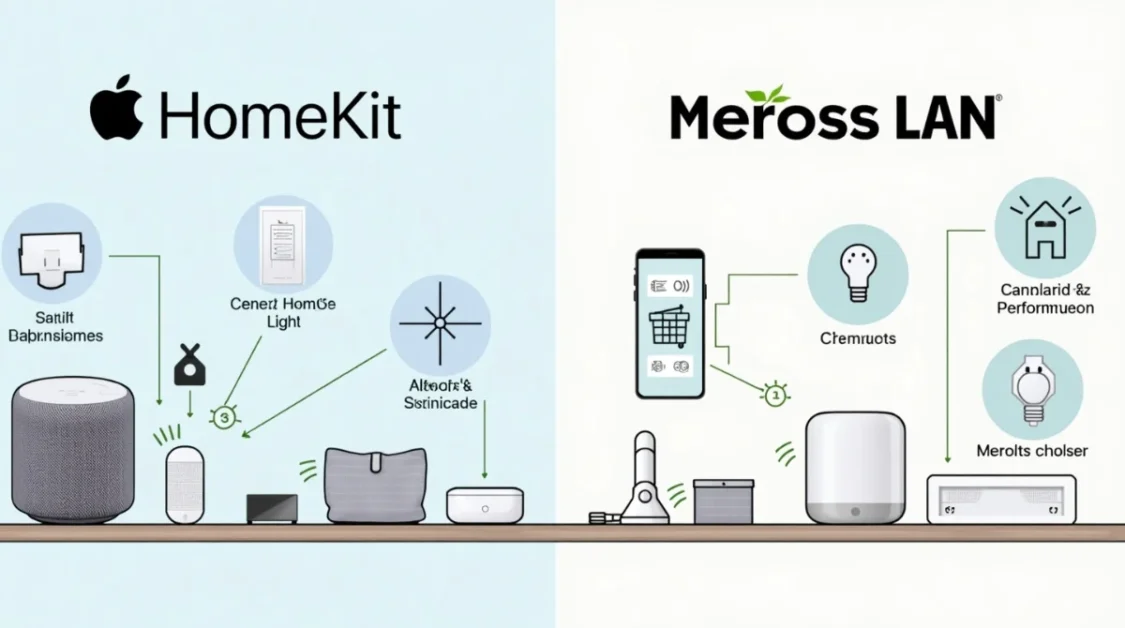Understanding 24ot1jxa: An Introduction
In today’s digital world, we are continuously advancing in our use of technology. New codes, systems, and identifiers are constantly being developed to manage and process data in efficient ways. However, not all technological developments are as beneficial as they seem. One such code that has raised concerns among experts is 24ot1jxa. While this term may not be widely recognized, it’s crucial to understand the potential risks it introduces, especially in terms of cybersecurity and system performance.
24ot1jxa has been noted for its use in different contexts, but its vulnerabilities are what make it a topic of serious concern. This article will walk you through what 24ot1jxa is, the risks it introduces, and how we can protect ourselves from its negative impacts.
What is 24ot1jxa?
At the core of 24ot1jxa is a code or identifier that seems to be related to technology infrastructure. Its exact origin is unclear, but it has appeared across various digital environments, from software applications to internet protocols. One of the main concerns with 24ot1jxa is that it is not simply a neutral code—it can be exploited by malicious actors to compromise systems. Whether used in malicious software or targeted attacks, the code can have a broad and serious impact across industries.
Though it’s not widely understood by most, its presence has been linked to serious breaches in data security, malware propagation, and other cyber threats. It’s critical that industries and users are aware of the dangers posed by such identifiers to avoid falling victim to cyber-attacks.
Cybersecurity Risks Associated with 24ot1jxa

The digital age has made security a paramount concern for businesses and individuals alike. As systems evolve, so too do the methods of exploitation used by cybercriminals. Here’s how 24ot1jxa impacts security:
1. Malicious Infiltration
24ot1jxa has been used to breach security systems, making it easier for cybercriminals to enter and manipulate protected environments. Hackers often use it as a backdoor into secure systems, allowing them to bypass firewalls, security protocols, and monitoring systems unnoticed.
2. Privacy Risks
As personal and organizational data becomes more digital, privacy concerns have reached a high point. Cybercriminals utilizing 24ot1jxa have been able to access sensitive information, ranging from financial details to personal identifiers, leading to identity theft, fraud, and more severe consequences for affected individuals and companies.
3. Disruption of Critical Infrastructure
When employed in attacks targeting critical infrastructure, 24ot1jxa has the potential to disrupt essential services, from power grids to emergency systems. This could lead to nationwide or even global effects, especially if industries like energy, healthcare, or telecommunications are targeted.
Performance and User Experience Issues
Cybersecurity isn’t the only domain affected by 24ot1jxa—system performance also suffers. Users have noticed several technical drawbacks when this code is present in their systems. Some of the common issues include:
1. System Slowdowns
With 24ot1jxa running in the background, many users have reported sluggish systems. This isn’t just a minor inconvenience; it can drastically impact productivity. Tasks take longer, and operations are interrupted, which can be detrimental in industries where real-time data processing is key.
2. Memory Leaks
Memory leaks are another significant issue caused by 24ot1jxa. These occur when software or systems fail to release memory that’s no longer needed, which gradually reduces system efficiency. Users experiencing memory leaks often find that their devices slow down significantly over time, and in some cases, the system crashes entirely.
3. High CPU Usage
Increased CPU usage is common when 24ot1jxa is involved. Since the code runs in the background without users’ awareness, it demands more computing resources than normal operations would. This can lead to overheating in devices, frequent lags, and interruptions in performance.
Data Breach and Security Vulnerabilities
As we’ve seen, 24ot1jxa is more than just a nuisance—it’s a serious security threat. Here’s a deeper dive into how it impacts data security:
1. Unauthorized Access and Data Breaches
When systems are infiltrated using 24ot1jxa, sensitive information can be exposed. This includes financial data, personal records, intellectual property, and more. The consequences of these breaches can range from financial losses to reputational damage for organizations.
2. Malware and Ransomware
Malicious software can accompany 24ot1jxa during attacks. In some cases, malware is deployed via this code to corrupt files, encrypt sensitive data, or lock users out of their systems entirely. Ransomware, which demands payment in exchange for regaining access, has become a common tool used by cybercriminals.
Industry-Specific Implications

1. Healthcare
The healthcare sector is particularly vulnerable to digital threats. Patient data is highly sensitive, and a breach could have dire consequences for both individuals and healthcare providers. With 24ot1jxa infiltrating systems, there’s a real risk of exposing personal medical records or disrupting hospital operations.
2. Finance
The finance industry faces some of the highest risks related to 24ot1jxa. This sector relies heavily on secure transactions, and any compromise could result in large-scale fraud, identity theft, or financial loss.
3. Manufacturing
For manufacturers, the risk is twofold. On one hand, 24ot1jxa could potentially enhance automation and streamline operations. On the other hand, it could also be used to cause production delays or sabotage systems, leading to operational disruptions and significant economic damage.
4. Education
Education has increasingly embraced digital learning tools. However, schools and universities are now facing new threats in the form of data breaches, especially as students’ personal information and academic records are stored online.
Mitigation Strategies
1. Regular Software Updates
One of the most effective ways to protect against vulnerabilities like 24ot1jxa is to ensure that all software is regularly updated. Software updates often include security patches that fix known vulnerabilities, making it more difficult for malicious codes to exploit weak spots.
2. Implement Robust Security Measures
Using firewalls, anti-virus software, and encryption tools is essential in defending against digital threats. Regular scans and the use of intrusion detection systems can also help identify potential threats before they cause significant harm.
3. Educate Users
A well-informed user base is one of the strongest defenses against cyber threats. Regular training on recognizing phishing attempts, the importance of strong passwords, and safe online practices can significantly reduce the likelihood of falling victim to attacks.
4. Backup Data Regularly
Ensuring that data is backed up consistently allows organizations to recover lost or corrupted data. In the case of a breach or malware attack, restoring from a backup can minimize the downtime and impact on operations.
Understanding the Impact of 24ot1jxa on Products and Their Costs
When it comes to digital security threats like 24ot1jxa, the financial impact can extend far beyond just system performance issues or data breaches. For businesses and industries that rely heavily on technology, the costs of dealing with such a threat can be significant. Here’s how 24ot1jxa can affect the cost of products and services:
1. Increased Operational Costs
One of the immediate effects of dealing with a threat like 24ot1jxa is the increase in operational costs. Businesses may need to invest in specialized cybersecurity solutions to defend against the threat, including additional software licenses, network monitoring tools, and IT support. This can directly increase the overhead costs of maintaining safe systems and secure products.
2. Product Downtime and Lost Productivity
When 24ot1jxa affects a business’s internal systems, it can lead to significant downtime, particularly if the code compromises operational systems or production processes. The resulting loss of productivity, whether it’s halted manufacturing lines or disrupted customer service, can have a direct financial cost. This downtime can delay product launches, impact customer satisfaction, and ultimately result in lost revenue.
3. Costs Associated with Data Breaches
If 24ot1jxa leads to a data breach, businesses face potential legal and regulatory consequences. The cost of mitigating the breach, including data recovery, customer notifications, and potential fines from data protection agencies, can be astronomical. Additionally, businesses often need to provide affected customers with compensation or services to restore trust, which can add to the overall cost burden.
4. Increased Insurance Premiums
Companies that experience data breaches or cybersecurity incidents, such as those caused by 24ot1jxa, may see an increase in their cybersecurity insurance premiums. Insurers may raise premiums or require higher deductibles for businesses that have been compromised in the past, which raises the long-term cost of conducting business.
5. Reputational Damage and Customer Loss
A cybersecurity breach can severely damage a business’s reputation. Customers may lose trust in the company, particularly if their personal data has been compromised. In industries like finance, healthcare, and e-commerce, customers are especially sensitive about security. Loss of customer confidence can directly impact sales and reduce the demand for affected products, ultimately affecting the bottom line.
6. Legal Fees and Compliance Costs
After a cyberattack or data breach, businesses may face lawsuits from customers or regulatory agencies. Legal fees and costs associated with meeting compliance standards (such as those required by GDPR or HIPAA) can be expensive. The need for ongoing audits and legal consultations can continue for years after the breach, adding to the overall cost of the attack.
How to Protect Against and Remove 24ot1jxa?
If you believe your system is affected by 24ot1jxa or any other similar threat, it’s important to act quickly to remove it and protect your data and infrastructure. Here’s a guide on how to effectively deal with the issue:
1. Scan and Remove Malicious Files
The first step in dealing with 24ot1jxa is to scan your system for any malicious files or software that may have been introduced by the code. Use reputable antivirus or anti-malware software to conduct a full system scan. This can help detect any traces of the code and remove it from your system.
Recommended Tools:
- Windows Defender (built-in for Windows users)
- Malwarebytes
- Norton Antivirus
2. Update and Patch Vulnerabilities
Make sure your system’s software is up to date. Hackers often exploit vulnerabilities in outdated software to inject malicious code like 24ot1jxa. By ensuring your operating system, applications, and security tools are all up to date, you can close any open doors that cybercriminals may use to exploit your system.
3. Delete Suspicious Files Manually
If you are tech-savvy, you can try to locate and manually delete any suspicious files associated with 24ot1jxa. Look for files or processes that are unfamiliar or taking up excessive resources (CPU and memory). Be careful when deleting files, as removing the wrong files could damage your system. Always back up your data first.
4. Run System Cleanup Tools
System cleanup tools can help identify and remove unnecessary files that may be left behind after a virus or malware infection. These tools can also fix broken registry entries and improve system performance, ensuring that 24ot1jxa-related issues are fully resolved.
5. Reset Your Network Settings
24ot1jxa could potentially affect your network security by altering network settings to allow unauthorized access. Resetting your network settings back to their defaults can help eliminate any changes that the malware might have made, making it more difficult for attackers to regain access.
6. Restore from a Backup
If you have a backup of your system from before the infection occurred, restore it. Make sure the backup doesn’t contain the 24ot1jxa code. This step is often one of the quickest and most effective ways to remove the code and restore your system to a safe state.
7. Contact Professional Help
If the issue persists despite your efforts, or if you’re unsure about how to remove 24ot1jxa, consider reaching out to professional cybersecurity experts. They can help clean up your system, strengthen security protocols, and prevent future infections.
Emerging Technologies and Future Concerns
As technology evolves, so do the threats it faces. With the introduction of AI, quantum computing, and blockchain, new vulnerabilities could emerge. The future of cybersecurity must adapt to these advancements, considering their implications and risks.
For instance, AI-driven attacks could be more sophisticated and harder to detect than current methods. As AI becomes better at mimicking legitimate user behavior, detecting malicious activity could become more challenging. Similarly, quantum computing may break current encryption systems, making sensitive data more vulnerable than ever.
Conclusion
The rise of new identifiers like 24ot1jxa highlights the complexities of managing digital security in a fast-evolving world. While technological advancements offer significant benefits, they come with their own set of risks that must be carefully managed. Understanding the potential threats posed by 24ot1jxa—and implementing strategies to mitigate those risks—is essential for safeguarding both individuals and organizations in the digital age.
By staying vigilant, updating systems regularly, educating users, and adhering to industry best practices, we can ensure that we minimize the negative impact of such threats. The goal is not to halt progress, but to advance safely, ensuring that technology continues to enhance our lives without exposing us to unnecessary risk.
Related Topics:



